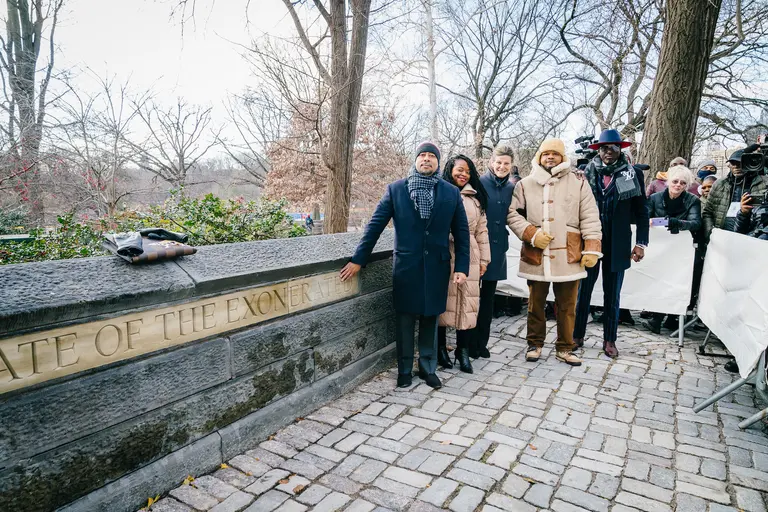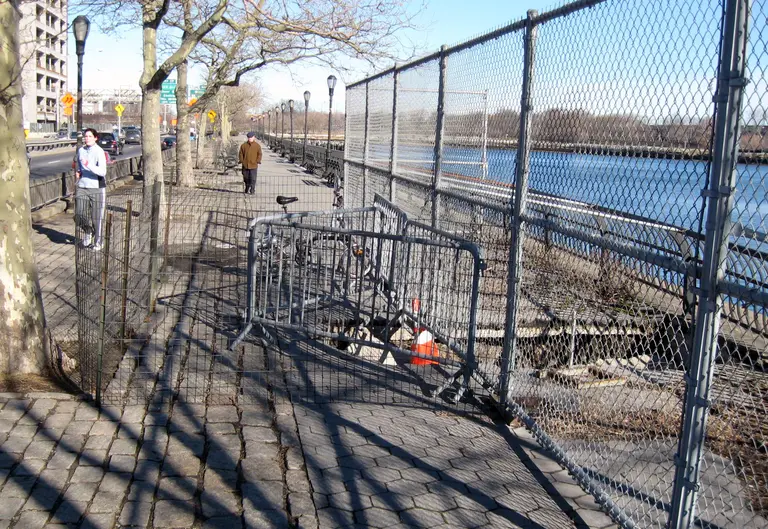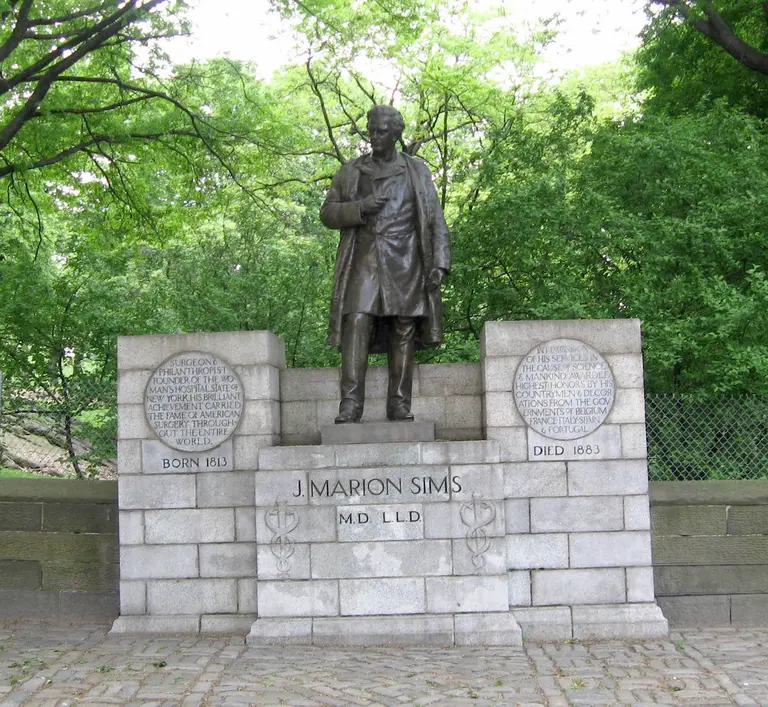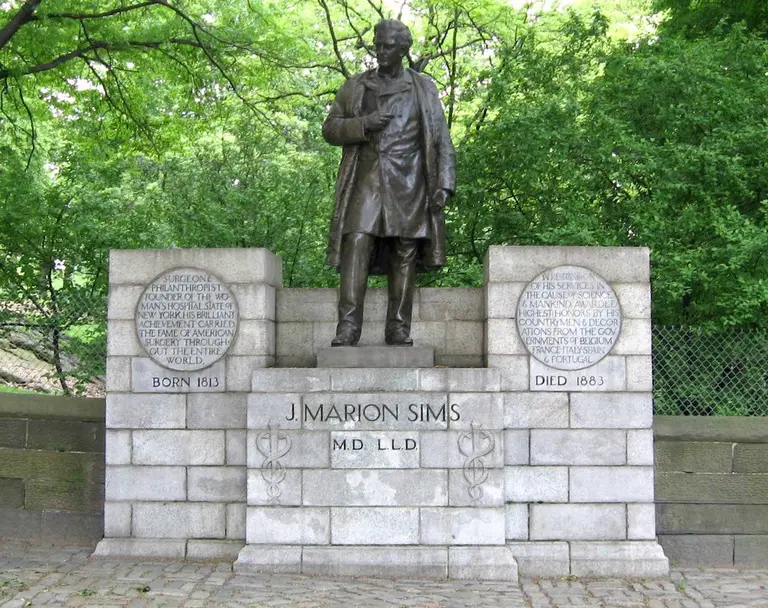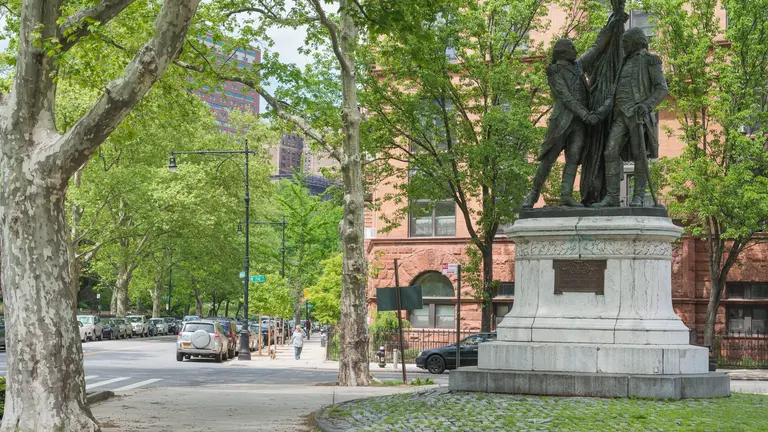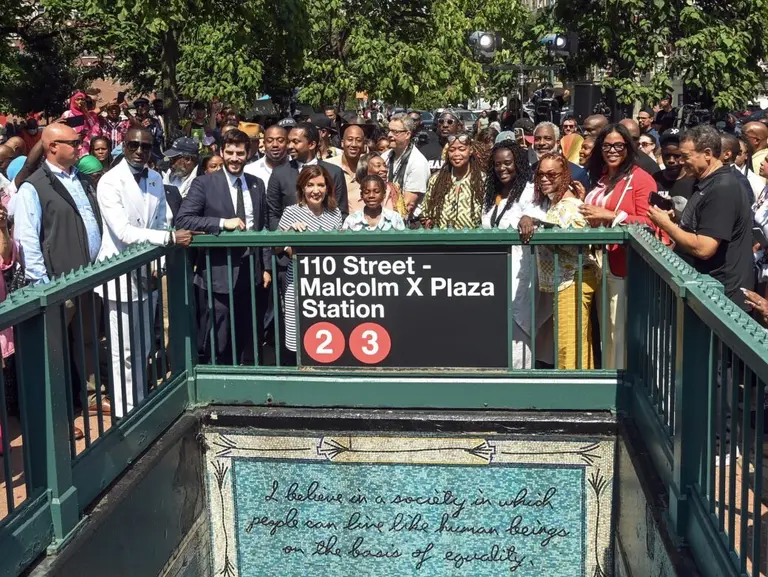City seeks operator for long-planned memorial and cultural center at Harlem’s African burial ground site
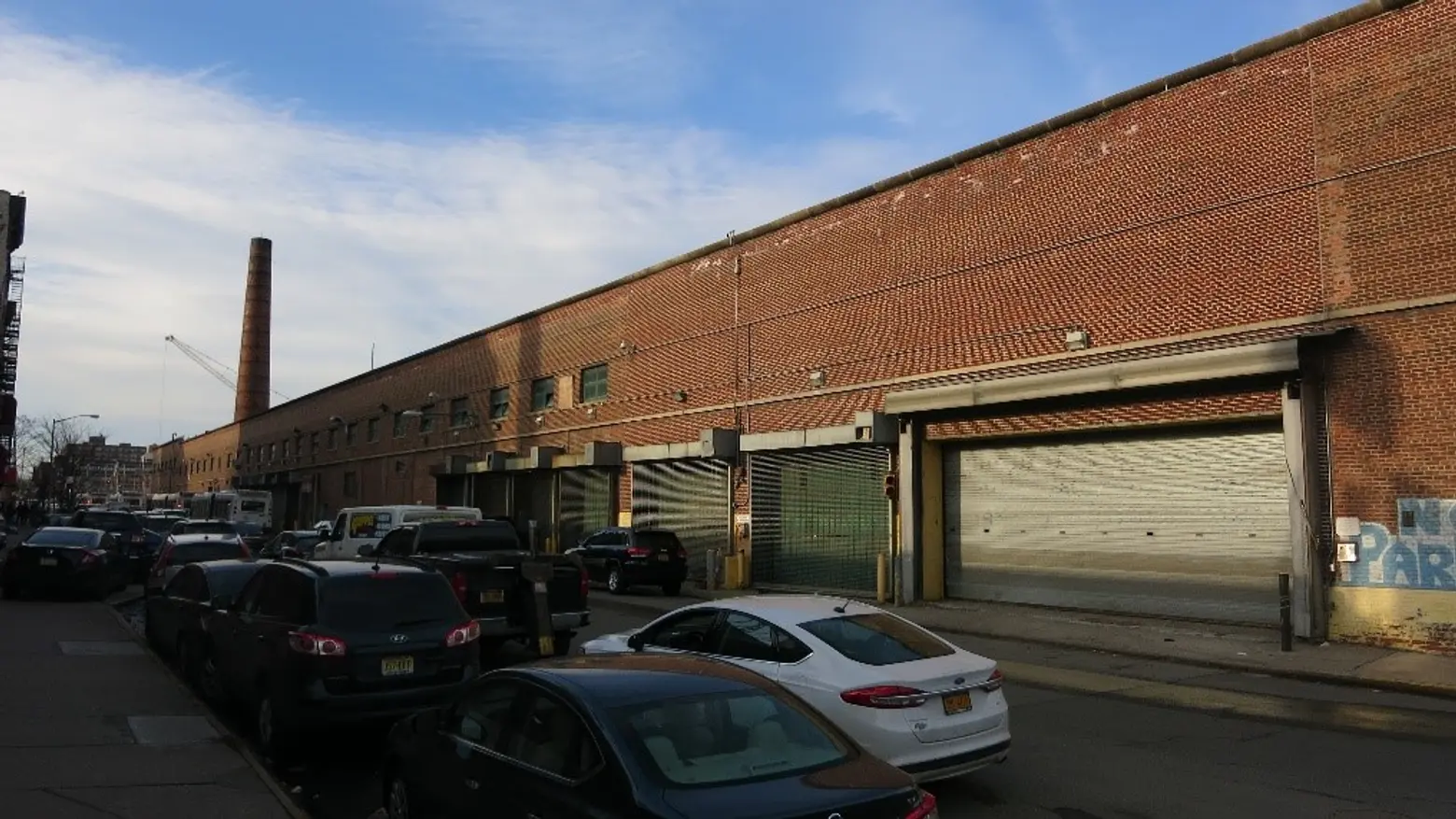
Image of 126 Street Bus Depot courtesy of NYCEDC
The city’s Economic Development Corporation (EDC) is now accepting bids for the long-planned redevelopment of the East 126th Street Metropolitan Transportation Authority Bus Depot into a memorial and cultural education center honoring the historic African burial ground found in the early 2000s at the site. In collaboration with the NYC Department of Cultural Affairs, the EDC has released a request for expressions of interest looking for a non-profit organization to operate the cultural center and outdoor memorial in Harlem.
“This marks a big step toward bringing a new historical and cultural landmark to Harlem, one that will provide public programming while commemorating the African American presence in this area dating back centuries,” Tom Finkelpearl, the commissioner of the city’s cultural affairs department, said. “Honoring those who came before us is essential to building a city that makes everyone feel at home, and we need a partner to help bring this extraordinary, community-driven vision to life.”
As 6sqft previously reported, the historic burial ground was discovered in the early 2000s beneath the East 126th Street Bus Depot. The burial ground was associated with the former Reformed Low Dutch Church of Harlem dating back to the late 17th century. It was the only place in the Dutch-controlled Village where those of African descent were allowed to be buried.
The Harlem African Burial Ground Task Force (HABGTF), a group of citizens working with the City and the descendant church of the Reformed Low Dutch Church, was founded in 2009, led by co-chairs Reverend Dr. Patricia A. Singletary and former New York City Council Speaker Melissa Mark-Viverito.
In 2017, the City Council approved a redevelopment plan for the existing bus depot—which spans a whole block. As part of the vote, the block was rezoned to accommodate a development containing up to 655,215 square feet of residential space, 315,000 square feet of commercial space, 30,000 square feet of community space, and 18,000 square feet for the outdoor memorial.
The permanent memorial will be located outdoors at the location of the burial ground, and a cultural education center will be housed in an adjacent building. The center is intended to offer a variety of public programming and activities, which may include artist workshops, artists-in-residence, visiting scholars, and thought leaders in arts and culture, advocacy, literacy, and social justice.
“Notions about American life and history are incomplete without knowledge of a rich and compelling American narrative that has been lost for over three centuries,” Sharon Wilkins, Manhattan Deputy Borough Historian and member of the Harlem African Burial Ground Task Force, said.
“This history involves the sacrifices, struggles, contributions, and achievements of free and enslaved Africans who played a significant role in creating the infrastructure, culture, society, and economy of the United States.”
Additional archeological and preservation work will take place at the site before any new development occurs. The city has committed to completing the memorial and cultural center first before going on to the other components of the redevelopment. The developer will be required to make an annual contribution to offset operating costs.
Task force members, city officials, and local leaders will assist the EDC in reviewing the RFEI submissions. The EDC will host two information sessions about the RFEI on November 7 and all proposals are due on January 6, 2020.
RELATED:
